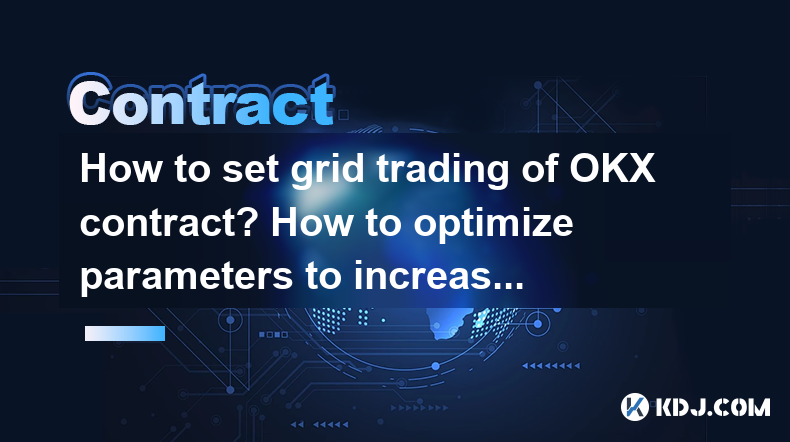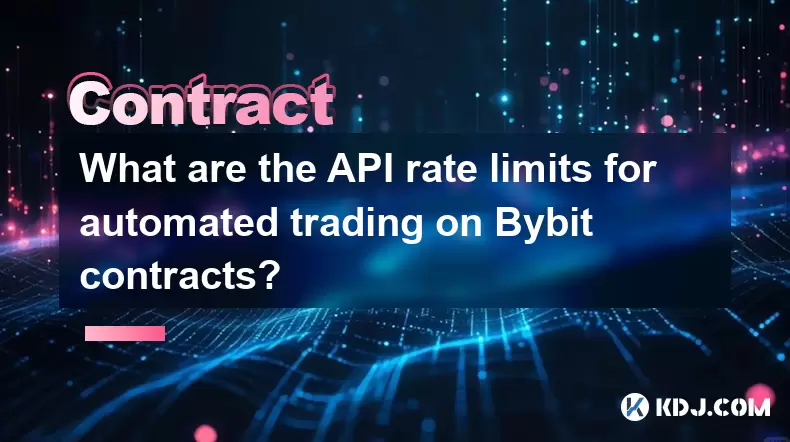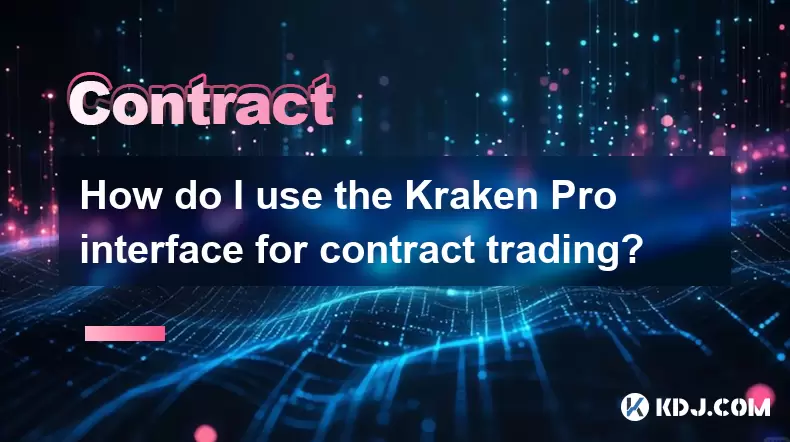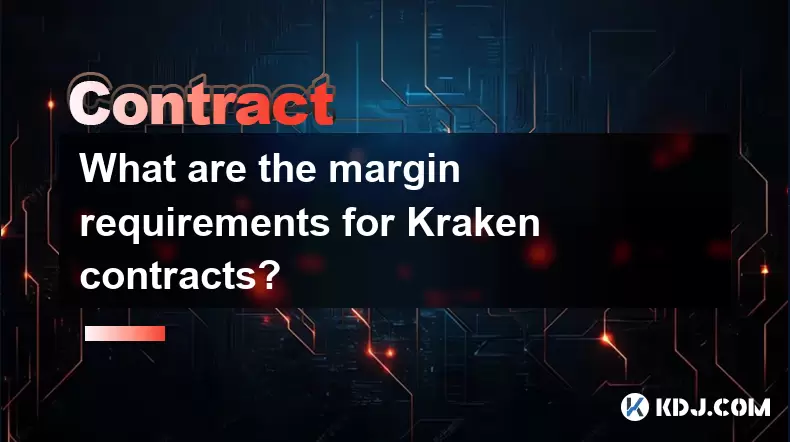-
 Bitcoin
Bitcoin $117300
1.99% -
 Ethereum
Ethereum $3884
5.89% -
 XRP
XRP $3.268
9.33% -
 Tether USDt
Tether USDt $1.000
0.02% -
 BNB
BNB $783.0
1.78% -
 Solana
Solana $173.6
3.51% -
 USDC
USDC $0.9999
0.00% -
 Dogecoin
Dogecoin $0.2193
7.00% -
 TRON
TRON $0.3380
0.30% -
 Cardano
Cardano $0.7769
5.08% -
 Stellar
Stellar $0.4350
9.36% -
 Hyperliquid
Hyperliquid $40.23
5.78% -
 Sui
Sui $3.739
6.95% -
 Chainlink
Chainlink $18.30
9.46% -
 Bitcoin Cash
Bitcoin Cash $581.7
2.11% -
 Hedera
Hedera $0.2577
5.51% -
 Ethena USDe
Ethena USDe $1.001
0.00% -
 Avalanche
Avalanche $23.08
4.23% -
 Litecoin
Litecoin $121.7
2.24% -
 UNUS SED LEO
UNUS SED LEO $8.962
-0.34% -
 Toncoin
Toncoin $3.332
1.36% -
 Shiba Inu
Shiba Inu $0.00001273
3.39% -
 Uniswap
Uniswap $10.35
6.84% -
 Polkadot
Polkadot $3.818
4.01% -
 Dai
Dai $1.000
0.01% -
 Bitget Token
Bitget Token $4.446
2.13% -
 Cronos
Cronos $0.1491
4.96% -
 Monero
Monero $255.4
-9.78% -
 Pepe
Pepe $0.00001099
4.80% -
 Aave
Aave $284.0
8.01%
How to set grid trading of OKX contract? How to optimize parameters to increase returns?
To set up grid trading on OKX, log in, navigate to derivatives, choose a contract, and configure parameters like price limits, grids, investment, and profit ratio.
May 04, 2025 at 04:35 pm

How to Set Grid Trading of OKX Contract? How to Optimize Parameters to Increase Returns?
Grid trading is a popular strategy among cryptocurrency traders who aim to profit from market volatility without having to predict the market direction. OKX, a leading cryptocurrency exchange, offers a robust grid trading feature for its contract trading platform. This article will guide you through the process of setting up grid trading on OKX and provide insights on how to optimize parameters to potentially increase your returns.
Setting Up Grid Trading on OKX
To begin with grid trading on OKX, you need to follow these steps:
Log in to your OKX account: Ensure you have a verified account on OKX with sufficient funds to trade.
Navigate to the trading section: Once logged in, go to the "Trade" section and select "Derivatives" to access the contract trading platform.
Choose your contract: Select the specific contract you want to trade. OKX offers various types of contracts, including perpetual swaps and futures.
Access the grid trading feature: On the trading page, find and click the "Grid Trading" button, usually located near the order book or trading chart.
Configure your grid trading parameters:
- Upper and Lower Price Limits: Set the highest and lowest prices at which your grid will operate. These limits define the range within which your grid will buy and sell.
- Number of Grids: Decide how many grids you want within your price range. More grids mean more frequent trades but also higher transaction costs.
- Investment Amount: Specify the total amount of funds you want to allocate to the grid trading strategy.
- Profit Ratio: Set the desired profit ratio for each grid. This determines how much profit you aim to make on each trade within the grid.
Review and confirm: After setting your parameters, review them carefully. Once satisfied, click "Confirm" to start your grid trading strategy.
Understanding Grid Trading Parameters
To optimize your grid trading strategy, it's crucial to understand each parameter and its impact on your trading performance:
Upper and Lower Price Limits: These limits should be set based on your analysis of market volatility and expected price movements. A wider range can capture more price action but may also lead to larger losses if the market moves beyond your limits.
Number of Grids: The number of grids affects the frequency of trades. A higher number of grids results in more trades, which can increase potential profits but also increases transaction fees. Conversely, fewer grids mean fewer trades but potentially larger profits per trade.
Investment Amount: This is the total capital you are willing to risk in the grid trading strategy. It's important to only invest what you can afford to lose, as with any trading strategy.
Profit Ratio: The profit ratio determines the target profit for each grid. A higher profit ratio means you aim for larger profits per trade, but it may also result in fewer trades being executed if the market does not reach these targets frequently.
Optimizing Parameters to Increase Returns
To potentially increase returns from grid trading on OKX, consider the following optimization strategies:
Adjusting Price Limits Based on Market Volatility: Monitor market volatility and adjust your upper and lower price limits accordingly. In highly volatile markets, a wider range can capture more price movements, while in less volatile markets, a narrower range might be more effective.
Optimizing the Number of Grids: Experiment with different numbers of grids to find the optimal balance between trade frequency and transaction costs. You might start with a moderate number of grids and adjust based on performance.
Fine-Tuning the Profit Ratio: Adjust the profit ratio based on historical data and market conditions. A lower profit ratio might result in more trades and consistent small profits, while a higher ratio could lead to fewer but larger profits.
Backtesting and Simulation: Utilize OKX's backtesting feature to test different parameter combinations before applying them to live trading. This can help you understand how different settings might perform under various market conditions.
Monitoring and Adjusting Your Grid Trading Strategy
Once your grid trading strategy is live, it's important to monitor its performance and make adjustments as needed:
Regularly Review Performance: Check the performance of your grid trading strategy regularly. Look at metrics such as total profit, number of trades, and average profit per trade.
Adjust Parameters Based on Performance: If your strategy is not performing as expected, consider adjusting your parameters. This might involve changing the number of grids, the profit ratio, or the price limits.
Stay Informed About Market Conditions: Keep an eye on market news and trends that could affect the price of the contract you are trading. Adjust your strategy to account for significant changes in market conditions.
Common Pitfalls and How to Avoid Them
While grid trading can be an effective strategy, there are several pitfalls to be aware of:
Over-Optimization: Avoid over-optimizing your parameters based on past data, as this can lead to poor performance in live trading. Instead, focus on finding a balanced approach that works across different market conditions.
Ignoring Transaction Fees: Transaction fees can significantly impact your overall returns. Ensure that your strategy accounts for these costs and that the potential profits outweigh them.
Neglecting Risk Management: Always practice proper risk management. Set stop-loss orders or other risk management tools to limit potential losses, especially in highly volatile markets.
Frequently Asked Questions
Q: Can I use grid trading on multiple contracts simultaneously on OKX?
A: Yes, OKX allows you to set up grid trading strategies on multiple contracts at the same time. However, you should monitor each strategy closely to ensure they are performing as expected and adjust parameters as needed.
Q: How does OKX handle partial fills in grid trading?
A: In grid trading on OKX, if an order is only partially filled, the remaining amount will continue to be active until it is fully filled or the grid trading strategy is stopped. It's important to consider this when setting your parameters, as partial fills can affect the overall performance of your strategy.
Q: Is it possible to pause and resume a grid trading strategy on OKX?
A: Yes, OKX allows you to pause and resume your grid trading strategy. You can find the option to pause or resume within the grid trading interface. This feature is useful if you need to make adjustments or if you want to temporarily stop trading during volatile market conditions.
Q: How can I track the performance of my grid trading strategy on OKX?
A: OKX provides detailed performance metrics for your grid trading strategy. You can access these metrics within the grid trading interface, where you will find data on total profit, number of trades, average profit per trade, and other relevant statistics. Regularly reviewing these metrics will help you make informed decisions about adjusting your strategy.
Disclaimer:info@kdj.com
The information provided is not trading advice. kdj.com does not assume any responsibility for any investments made based on the information provided in this article. Cryptocurrencies are highly volatile and it is highly recommended that you invest with caution after thorough research!
If you believe that the content used on this website infringes your copyright, please contact us immediately (info@kdj.com) and we will delete it promptly.
- Cold Wallet Crypto in 2025: The Future is Now, Ya'll
- 2025-08-08 05:10:13
- MAGACOIN, SOL, and ADA: A Tale of Shifting Tides in Crypto
- 2025-08-08 05:10:13
- SHIB Price, PEPE, and the Memecoin Supercycle: Who Will Reign Supreme?
- 2025-08-08 05:50:12
- Pudgy Penguins Price Prediction: Google Trends & Breakout Signals
- 2025-08-08 05:50:12
- UAE Crypto Regulation: SCA and VARA Unite to Streamline the Future of Digital Assets
- 2025-08-08 05:55:48
- MAGACOIN Finance: The Presale Phenomenon Rocking the Crypto World
- 2025-08-08 05:55:48
Related knowledge

Are there any fees for futures settlement on OKX?
Aug 08,2025 at 05:35am
Understanding Futures Settlement on OKXFutures settlement on OKX refers to the process by which open futures contracts are automatically closed or mar...

How to use the OKX margin calculator for futures?
Aug 08,2025 at 05:15am
Understanding the OKX Margin Calculator for FuturesThe OKX margin calculator is a specialized tool designed to assist traders in estimating the requir...

How to find and copy experienced traders on Bybit contracts?
Aug 08,2025 at 06:00am
Understanding Copy Trading on BybitBybit offers a copy trading feature that allows users to automatically replicate the contract positions of experien...

What are the API rate limits for automated trading on Bybit contracts?
Aug 08,2025 at 06:08am
Understanding API Rate Limits on BybitWhen engaging in automated trading on Bybit contracts, understanding the API rate limits is essential to prevent...

How do I use the Kraken Pro interface for contract trading?
Aug 08,2025 at 05:00am
Understanding the Kraken Pro Interface for Contract TradingThe Kraken Pro platform is designed for advanced traders who require speed, precision, and ...

What are the margin requirements for Kraken contracts?
Aug 08,2025 at 05:42am
Understanding Margin in Kraken Futures TradingWhen engaging in futures trading on Kraken, traders must understand that margin is the collateral requir...

Are there any fees for futures settlement on OKX?
Aug 08,2025 at 05:35am
Understanding Futures Settlement on OKXFutures settlement on OKX refers to the process by which open futures contracts are automatically closed or mar...

How to use the OKX margin calculator for futures?
Aug 08,2025 at 05:15am
Understanding the OKX Margin Calculator for FuturesThe OKX margin calculator is a specialized tool designed to assist traders in estimating the requir...

How to find and copy experienced traders on Bybit contracts?
Aug 08,2025 at 06:00am
Understanding Copy Trading on BybitBybit offers a copy trading feature that allows users to automatically replicate the contract positions of experien...

What are the API rate limits for automated trading on Bybit contracts?
Aug 08,2025 at 06:08am
Understanding API Rate Limits on BybitWhen engaging in automated trading on Bybit contracts, understanding the API rate limits is essential to prevent...

How do I use the Kraken Pro interface for contract trading?
Aug 08,2025 at 05:00am
Understanding the Kraken Pro Interface for Contract TradingThe Kraken Pro platform is designed for advanced traders who require speed, precision, and ...

What are the margin requirements for Kraken contracts?
Aug 08,2025 at 05:42am
Understanding Margin in Kraken Futures TradingWhen engaging in futures trading on Kraken, traders must understand that margin is the collateral requir...
See all articles

























































































